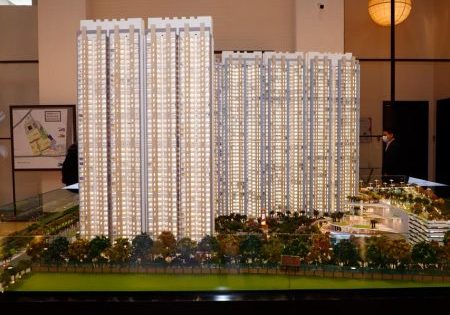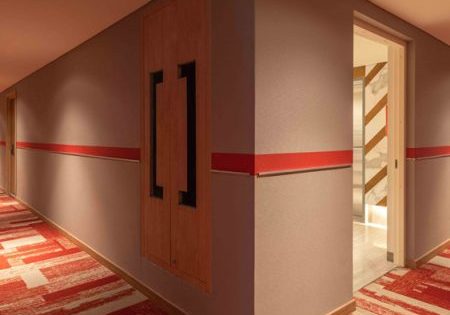Some 76% in India preferred it compared to systematic investment plans, stocks or gold as per a recent NoBroker report, which represents good tidings for the VT industry in 2022 and going forward.
Buying real estate is often described as creating a “concrete” asset, and with good reason. Not only is it an amusing world play on the material utilized for construction, but it also conveys the stability and tangible nature that sets it apart from other options. Real estate has traditionally been a preferred asset class in India and has remained one despite facing stiff competition from equity shares and crypto currency. However, COVID-19 and its impact on just about every sector led to questions being posed at regular intervals about the ability of real estate to sustain during the pandemic phase.
The crisis witnessed stakeholders raising doubts over what was hitherto an acknowledged fact. The good news is that various studies and surveys conducted during the past year have reiterated the ground reality that nothing has changed. A recent report by NoBroker.com shared relevant insights based on a survey conducted with over 21,000 customers across Delhi-NCR, Bengaluru, Mumbai, Pune, Chennai and Hyderabad, as well as the data captured from more than 16 million users on its platform.
The most interesting trend observed was that property emerged as the most popular investment option for 76% of people. It indicated the increasing sense of security that comes from buying a house. SIPs (systematic investment plans)/stocks and gold were very distant second and third. Bitcoin was selected by a very tiny percentage. The thought was echoed by sellers, with 43% of them suggesting that they were looking to purchase another property for investment purposes in 2022. These findings, along with the fact that 84% of people believe that right now is the best time to buy a property for end use, suggest that the market is very buoyant.
The findings are in sync with the continued work from home (WFH) culture and hybrid work setup, discounts offered by builders and historic low home loan rates. Due to partial lockdowns and restricted movements, buyers have had an opportunity to save money, which would otherwise be spent on vacations and other lifestyle choices.
This coupled with the need of owning a house translated into bigger buying budgets. About 15% of people were thus looking to buy a house over INR1 crore (4% higher than 2020 and 8% higher than 2019). The demand for 3 BHKs has also ramped up to 33%, compared to 29% last year. Meanwhile, 2 BHKs continue to be the most in-demand unit size opted by 37% of people. However, some percentage of their popularity is distributed into 3 and 4 BHK units.
As offices had started reopening toward the last quarter of 2021, there has been a monumental shift for staying close to the workplace. Some 80% of tenants this year prefer to stay close to their workplaces, while 78% of buyers are looking to purchase a house within the city. In the 2020s report, distance from the workplace had slid down many notches in the priority list for tenants.
Ready-to-move-in properties continued to be preferred by 78% of buyers. Delayed constructions and possessions are the greatest drivers of this trend. The report also highlighted a steady decline in broker services over the years, with only 13% of people still relying on it.
The pandemic has further accelerated the pace of digital adoption across the industry. The concept of video walkthroughs — which gained tremendous traction during 2020 — will stay relevant in the coming years, as well. Some 77% of tenants in 2021 believe that video tours significantly help people to view properties.
Commenting on the survey findings, Saurabh Garg, Co-Founder and CBO, Nobroker.com, said:
“Bigger houses in demand and bigger buying budgets, along with a preference for buying within the city limits, indicate a positive environment for the real estate sector in 2022. [The year] 2021 has been a happening year with lots of positive changes and innovations across the real estate market. While the demand for ready-to-move-in properties remained relevant, video tours gained significant traction. Likewise, homeownership for end-use will continue to be a valued asset, owing to the historically low interest rates of home loans and the security that residential properties offer. Although, for the foreseeable future, real estate will be an end-users market, it is relieving to know that the investors’ confidence is also returning. The pandemic has also, ironically, paved the way for technological intervention.”
All in all, with real estate remaining a preferred investment and reinvestment avenue, the potential future demand for vertical transportation seems set to rise higher and higher in the year that has just begun — and beyond, as well.
Get more of Elevator World. Sign up for our free e-newsletter.






